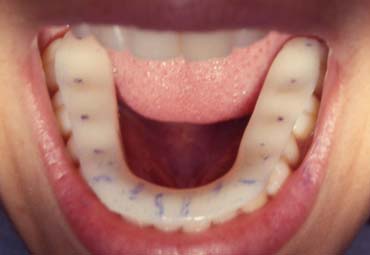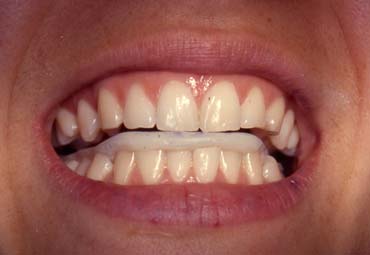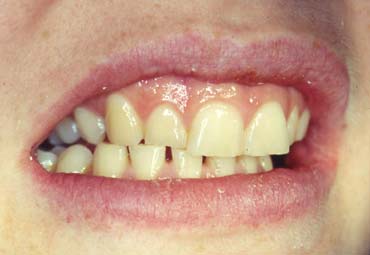What is TMJ Dysfunction
The TMJ is the Temporal Mandibular Joint, commonly known as the ‘jaw joint’. This is located immediately in front of the ear and dysfunction of this joint (which is common) can result in a wide range of symptoms.
Commonly attributed to TMJ dysfunction are, sore and clicking jaw joints, tinnitus, headaches, wider ranging muscle symptoms (such as neck and even back ache) as well as tooth related problems (wearing and chipping of teeth, repeated lost of crowns and fillings, and possibly accelerated periodontal problems).
There are several approaches to attempt to treat TMJ problems and a full assessment of the problem is important. As well as a detailed history it is often necessary to take a specific x-ray of the TMJ, and sometimes more detailed imaging (such as an MRI) is indicated. Treatment often involves the use of a very carefully fitted and adjusted occlusal appliance (or ‘splint’) which is worn on the teeth, often for night time wear. There are several forms of these appliances, but with Dr Sunnucks this usually involves the use of a thin splint on the lower teeth made of hard tooth coloured dental plastic (acrylic).


A lower appliance (Tanner Appliance) in place

A lower appliance (Tanner Appliance) in place

Tooth wear in a 'bruxist'
This is worn during a period of treatment and adjustment (often 2-3 months) at which time the situation is reviewed. It is often then possible to use the appliance just as and when needed for maintenance. Sometimes an appliance of this type is used prior to more involved restorative work, such as when a patient needs a number of crowns or bridges placed and particularly in patients who have a marked tendency to grind their teeth (Bruxism).

